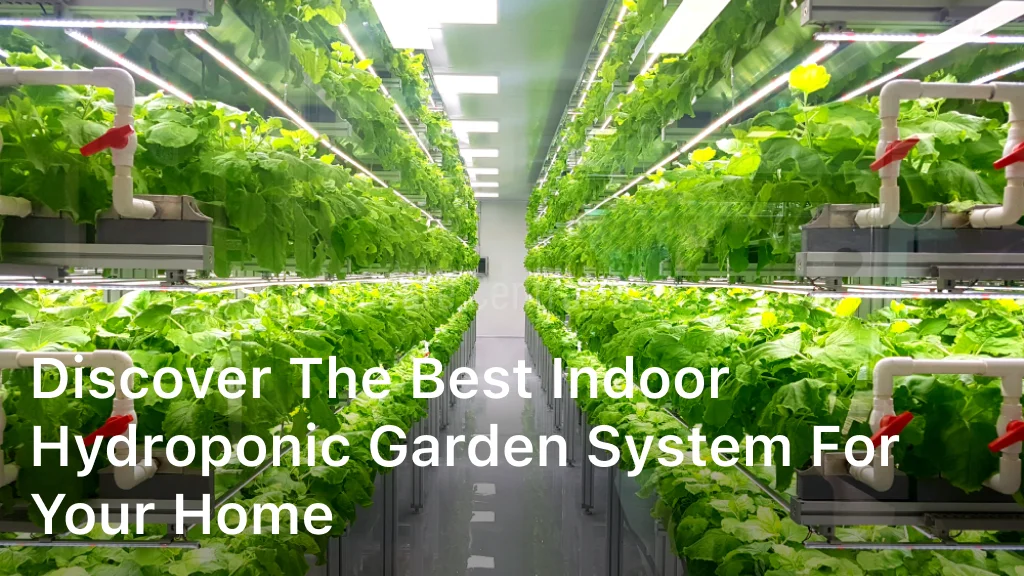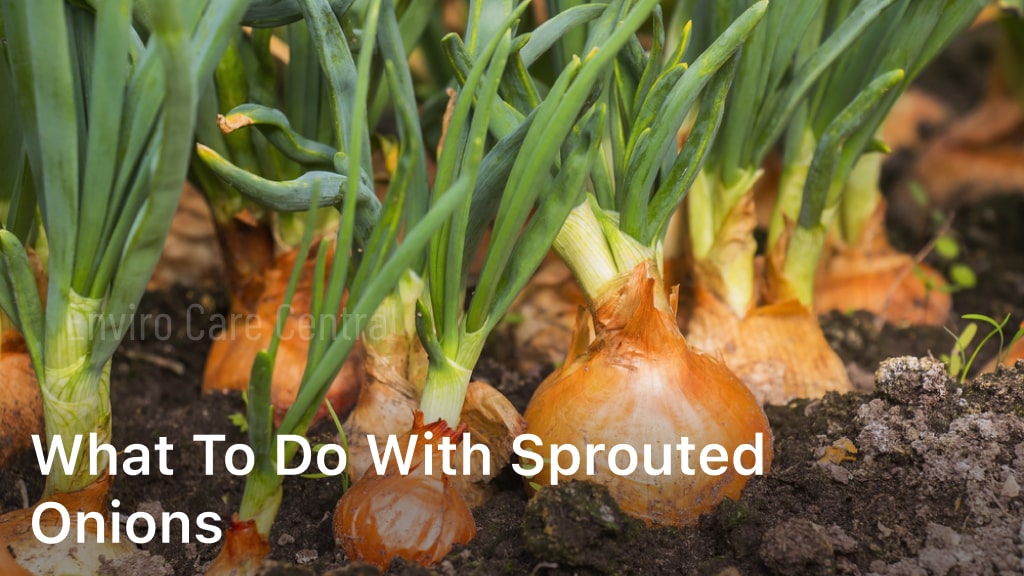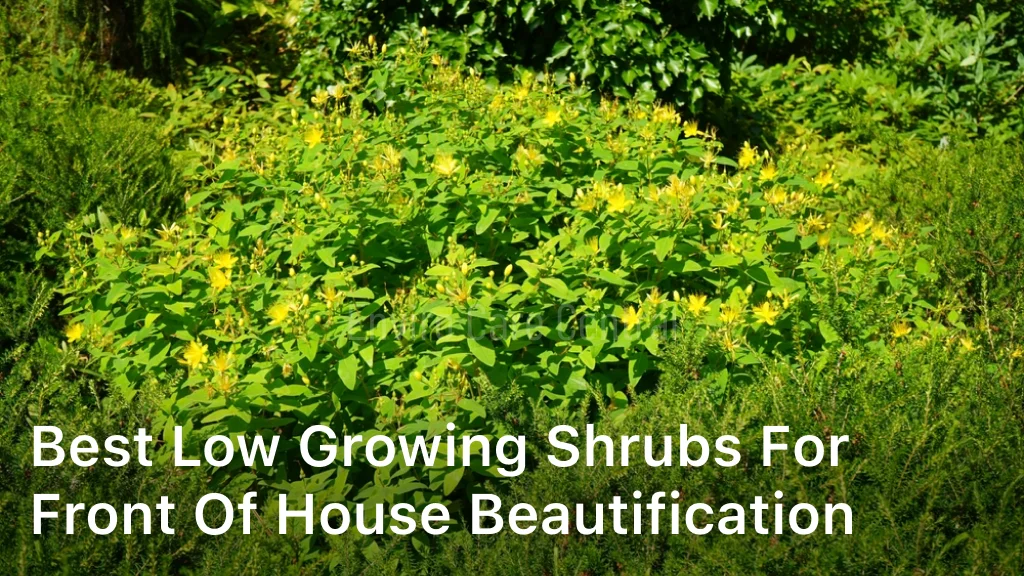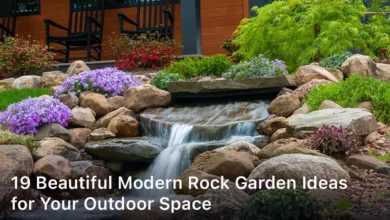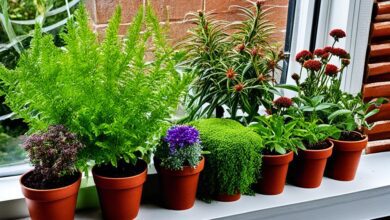How to Get Rid of Gnats in Plants: Say Goodbye to Pests

If you love plants, you might have seen gnats buzzing around. These tiny insects can be quite annoying. They fly near your plants and can make them sick. But, we’re here to help. This guide will show you how to get rid of gnats in plants.
Are you facing a lot of gnats around your plants? Or are you hoping to stop a future gnat problem? We have the perfect ways to help. We will explain the fungus gnat life cycle and some great control methods. You’ll soon see your plants gnat-free.
This guide includes many organic gnat control methods. You can use natural gnat repellents and beneficial nematodes to kill the gnats. We’ll also talk about things like the best way to water and how to treat your potting soil to keep gnats away. And, if gnats are bugging you outside, we have tips for that too.
Let’s start working on managing indoor plant pests. You can soon be saying goodbye to those pesky gnats. Then, you’ll have beautiful, healthy plants in your home. Are you ready? Let’s do this!
Understanding the Gnat Menace
Before learning how to get rid of plant gnats, it’s vital to know them. Plant gnats are small, winged bugs often seen near indoor plants. They love moisture and feast on rotting items, algae, and plant roots.
What are Plant Gnats?
Plant gnats, also called fungus gnats, are tiny, dark flies. They’re about 1/8 to 1/4 inch long. They have long, fragile legs and bodies. They come for the wet soil in plant pots and the organic stuff there. That’s where they lay eggs and grow.
Signs of a Gnat Infestation
To tackle a gnat problem, you must know the signs. Watch for these clues around your indoor plants:
- Seeing adult gnats flying around your plants
- Observing small, white larvae in the soil
- Noticing wilting or yellowing of your plant’s leaves or stems
- Detecting a fungus-like odor emanating from the soil
Spotting and acting on these signs early are key. Doing so helps in getting rid of gnats in plants, controlling plant gnat infestations, eliminating fungus gnats, and keeps your indoor plant care pest-free. It’s important for houseplant gnat infestation management.
Preparing for Battle: Essential Supplies
To get rid of gnats in your plants, first, find some essential supplies. Start by picking up yellow sticky traps. They catch adult gnats well and help keep track of how many are around. Then, fill a spray bottle with neem oil or insecticidal soap. This will let you aim at gnats and their larvae directly.
Always have fresh, sterile potting soil ready. Using new soil can kick out any gnat parties in your plant’s pots. It also makes it harder for gnats to come back. It’s also smart to think about getting beneficial nematodes. These tiny worms eat gnat larvae and are a powerful natural pest control weapon.
With these supplies, we’re ready to fight the gnat war. Quickly, we’ll turn our indoor plants back into a gnat-free paradise. Say hello to a plant-filled space without the bother of these tiny bugs.
Biological Control: Nature’s Gnat Warriors
One top way to say goodbye to gnats in plants is through biological control. It uses the help of natural enemies to keep plant pests in check. This way, we can get rid of fungus gnats without hurting the environment with chemicals.
Introducing Beneficial Nematodes
Enter beneficial nematodes, tiny worms that love to eat fungus gnat larvae. They’re simple to use and offer a great, long-lasting solution. By adding these nematodes to your indoor plants, you can stop gnats right from where they start.
Encouraging Natural Predators
But nematodes aren’t alone. Lacewings, rove beetles, and predatory mites are also keen on gnats. They eat the adult gnats and their young. You can make your home plant area a welcoming place for these helpful insects. In turn, they help you naturally control gnats.
Using biological control is both green and smart for keeping gnats away from your plants. With beneficial nematodes and other friendly bugs, you create a system that’s good at stopping gnat troubles. And the best part? No need for harmful chemicals.
How to Get Rid of Gnats in Plants: Cultural Methods
Besides using bugs to control gnats, you can change your planting habits. This makes it harder for the pests to live there. So, we can keep our indoor gardens looking great again.
Proper Watering Techniques
Good watering is vital in the fight against plant gnats. Let the soil dry out a bit between waterings. This takes away the nice, wet home gnats love, slowing down their life cycle.
Improving Soil Drainage
Adding things like perlite to the soil helps it drain better. This stops the soil from getting too wet, which gnats like. So, our plants become a place where gnats don’t want to be.
Repotting with Fresh Soil
For a big gnat problem, starting fresh with new soil can work wonders. It gets rid of current gnats and stops more from coming. Now, your plants have a new chance to live gnat-free.
These tricks, along with using bugs to eat the gnats, help a lot. They together make a strong plan to keep our plants bug-free. This way, we can enjoy our little indoor gardens more.
Physical Control: Trapping and Removing Gnats
To get rid of gnats, we can use physical control methods with the others. Making your own traps and using a vacuum work well. These tools help take out the annoying bugs from our plant friends.
DIY Gnat Traps
Creating your own gnat traps is easy and cheap. You can use stuff like yellow sticky cards or a mix of apple cider vinegar and dish soap. The yellow traps attract gnats, and the vinegar mix catches them. Placing these traps near your plants will help cut down on the gnat numbers.
Vacuum Cleaning
Using a vacuum cleaner with a HEPA filter is also a good method. It sucks up any gnats and their babies from the plant soil. Make sure to vacuum everywhere around the plants, and any nearby spots too. Vacuuming works great with other methods to completely remove the gnats.

Chemical Control: Safe and Effective Options
We often recommend using natural and eco-friendly ways first. But sometimes, we need chemical options to tackle tough plant gnat problems. Insecticidal soaps and oils made from plants can safely fight these pests.
They target both the adult gnats and their young. Using them won’t hurt your plants or the environment.
Insecticidal Soaps and Oils
If you’re facing a fungus gnat issue inside, insecticidal soaps and oils are your friends. They break down the pests’ cells, killing both the adults and the young.
These options are safe for plants, pets, and people. So, they’re a better choice than other strong pesticides.
To use these products, it’s important to read the instructions well. They’re applied on the soil or plants where the gnats are. You may need to use them again to keep the gnats under control.
Prevention: Keeping Gnats at Bay
To stop gnats from being a problem in your plants, it’s best to prevent them. Pick plants that don’t attract gnats much, like succulents. They aren’t as interesting to gnats, so you might avoid dealing with a gnat invasion.
Choosing Gnat-Resistant Plants
When you get new plants for inside, choose ones that are not very appealing to gnats. Succulents, such as echeveria and sempervivum, are good choices. Their leaves keep water so they don’t need much and aren’t a favorite of gnats. You can also try plants with fuzzy leaves, like African violets. These can keep gnats away too.
Maintaining Proper Houseplant Care
Looking after your plants well can stop gnat problems from starting. Water them regularly but let the soil dry. Too much water is perfect for gnats. Make sure your pots drain well with things like perlite. Cleaning your plants often can also help get rid of places where gnats might want to lay eggs.
Doing all these things will make your home a place gnats don’t like. This makes it easier for your plants to grow strong and healthy.
Tackling Outdoor Gnat Problems
We’ve talked a lot about indoor gnat problems. But, remember, these pests can bug you outside too. Luckily, there are good ways to fight them in your garden or yard.
Treating Garden Soil
A major step is to treat your garden soil. Using beneficial nematodes is a great idea. These tiny worms eat gnat larvae. Mixing them into the soil helps kill off gnats.
Eliminating Breeding Grounds
It’s also vital to find and get rid of where gnats breed outside. Gnats love places with water or old food. So, fix any areas with water that doesn’t move or clean up rotting stuff. This step stops new gnats from coming.
Conclusion
You now have the tools to banish gnats from your plants for good. By using a mix of methods, you can make sure your indoor plants are healthy, without gnats. It’s important to keep going and pay close attention to the details. With the right steps, we can make our homes free of these little plant pests.
To keep your plants free of gnats, focus on controlling and preventing them. This process, along with some good tips, will keep your plants looking great. It might take a while, but having healthy plants without pests is a wonderful reward.
Now is the time to act. By working together and using our strategies, we will beat the gnat problem. This will lead to a beautiful indoor garden that brings happiness and peace to your home. Start working towards a gnat-free home today!

